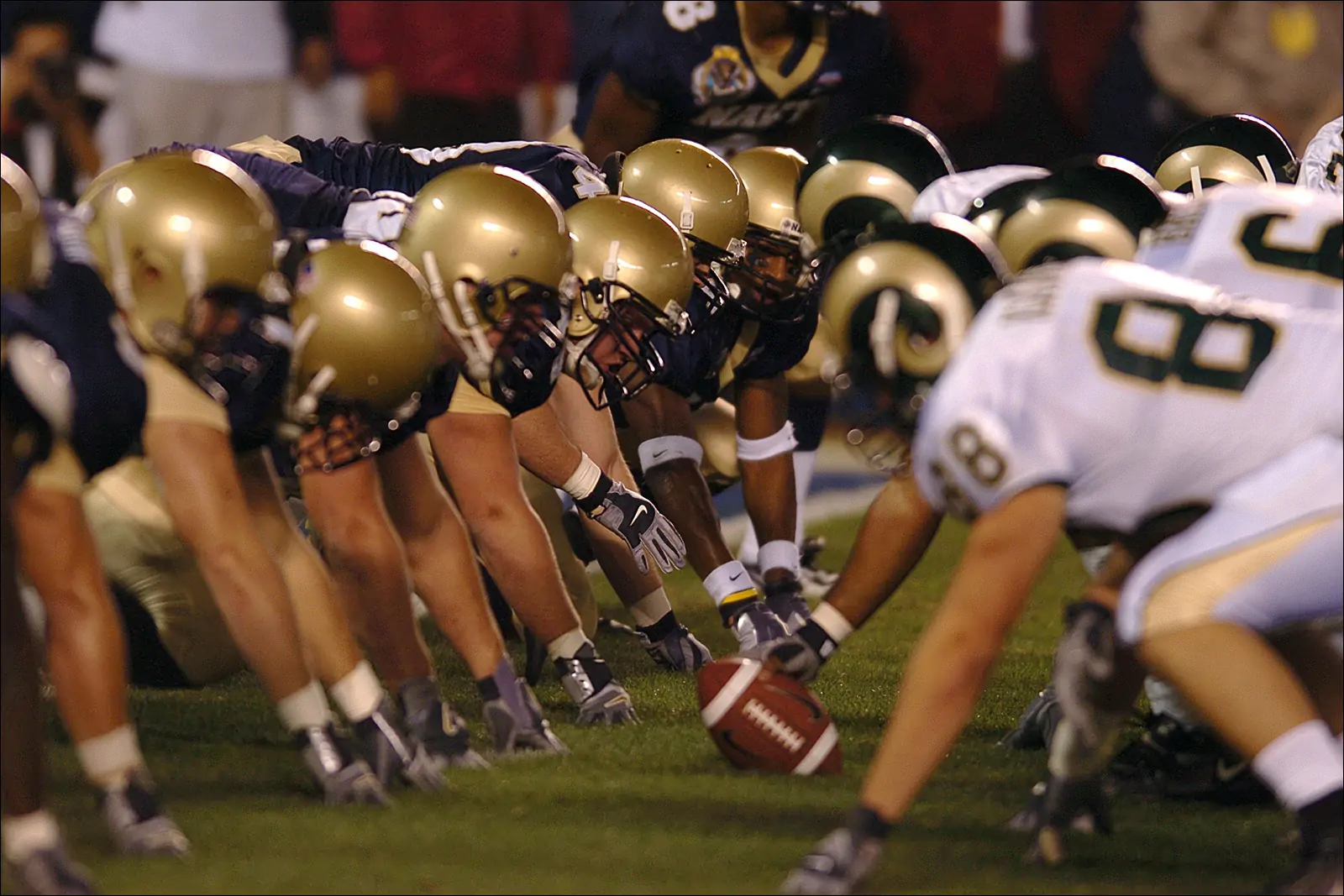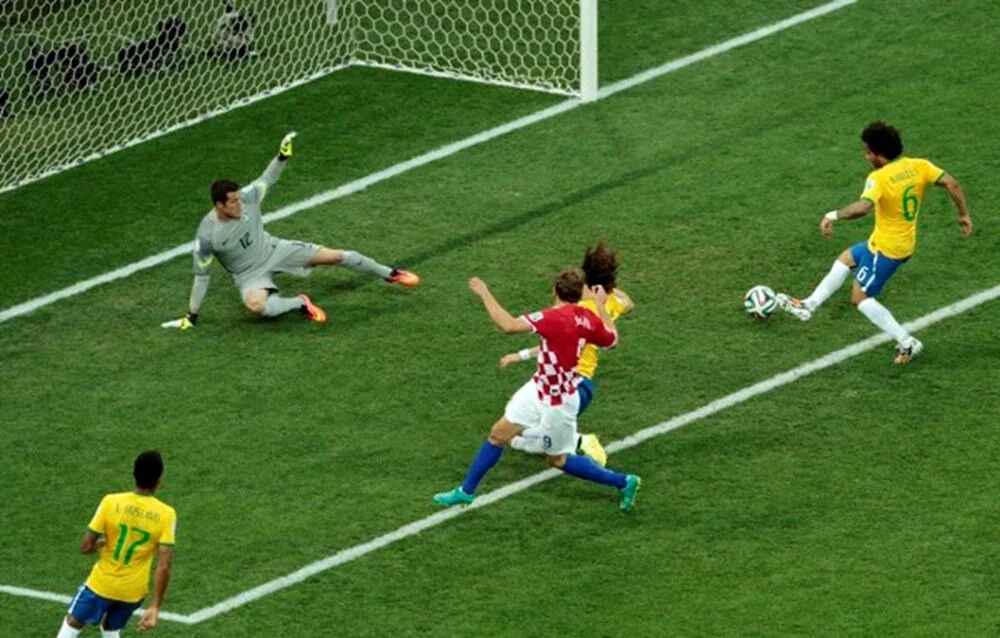When it comes to the central midfield engine that not only connects defense and attack but conducts the team’s rhythm, footballer Nicolo Barella is the first association that comes to mind. On the field, he is like a pulse generator, in the media field – a reason for admiration and discussions. The player’s career was not built on scandals, hype, or random outbursts. It’s all about systematic growth, iron discipline, and a unique understanding of the game.
The Birth of Leader Nicolo Barella
His football development began in his native Sardinia. The “Cagliari” academy launched the same development algorithm as “Lyon” did for Benzema or “Southampton” for Bale. At the age of 18, Barella demonstrated the maturity of an older generation. At the same time, he retained the youthful hunger for the ball and action. In three seasons at “Cagliari,” he played 112 matches and received a call-up to the Italian national team, where he immediately became a key player.

Evolution at Inter Milan: Transformation into a Pillar
With the move to Inter Milan, a transformation began. In three years – two trophies, including the Serie A championship, three appearances in various tournament finals, and a key role in each. The statistics confirm: in the 2022/2023 season, the player created 81 moments, won 64% of duels, and averaged 296 meters per match with the ball. Inter Milan’s player Barella does more than just fulfill a function. He sets the tempo for Inzaghi’s entire system.
“Tuttocampista”: Not a Position, but a Philosophy
The football term “tuttocampista” in the Italian press has long ceased to be an abstraction. It means a player who covers the entire field – in attack, defense, and in the transition phase. In this context, Barella is among the elite. Analysts measured his average movement radius – 11.6 km per game with peaks up to 13.2 km in Champions League matches. Heatmap visualizations confirm his presence everywhere.
Why Barella Stands Out
Compared to players like Bellingham, Pedri, and even Modric, Barella holds his own among other midfielders. In 2023, he became the only midfielder in Europe to simultaneously rank in the top 10 for key passes, successful tackles, and penetrations into the penalty area. The difference lies in the synthesis of elements. While Bellingham focuses on physicality and Pedri on passing, Barella uses both, adding Italian structural discipline to the mix.
Arguments in Favor of His Status
The reasons why Barella ranks among the top midfielders are simple and well-founded:
- 93% pass accuracy in the opponent’s half;
- 19 goal involvements in a season (11 assists, 8 goals);
- 5 selections in the UEFA symbolic teams after Champions League matches;
- captain’s armband in Brozovic’s absence.
His current contract with Inter runs until 2029, with a Transfermarkt value of 75 million euros. Over the past two years, his agent has received over 12 offers from Premier League and La Liga clubs, including Arsenal, Atletico, and Liverpool.
Generational Voice: Expert and Legend Ratings
Capello called him “the most balanced midfielder in Europe.” Marchisio noted that “Barella has the brain of Pirlo and the heart of Gattuso.” Tardelli added that he resembles Albertini for his ability to combine passing and pressing. None of his Italian peers have achieved such a balance between attack and defense since the heyday of Italian midfielders in the 90s.
7 aspects defining Barella’s success:
- Intelligence – quick reading of the game, anticipation of movements and passes.
- Endurance – 90 minutes of active movement without a drop in intensity.
- Accuracy – passes with minimal loss percentage.
- Shooting on the move – effective finishing of attacks.
- Tactical flexibility – adaptation to any system.
- Emotional control – maintaining composure in key moments.
- Physicality and dynamism – high initial speed, battling, body work.
Each element confirms: Barella doesn’t just run on the field, he controls the space.
Influence on the National Team: Pillar of the New Italy
After triumphing at Euro 2020, the Italian national team revamped its strategy, building it around young, hybrid players. Chiesa – for creativity, Scamacca – for verticality, Barella – for systematization. Barella played 7 matches at the Euros without substitutions, provided two assists, and scored in a crucial stage. The main indicator was being in the top three for the number of key passes in the final third. With 47% possession, the team maintained control – Nicolo compensated for the imbalance by controlling the midfield rhythm.
Technique and Dynamics
Game technique involves three key aspects – ball control, positioning choice, and speed of decision-making. In a match against Barcelona (2022, UCL), Nicolo Barella completed 6 successful dribbles out of 7, with 4 of them in the final third. The classic trio of dribblers – Vinicius, Messi, Foden – thrives on the flanks. But Barella does it from deep positions, creating an advantage even before the finishing phase.
Dynamism is evident in GPS tracker metrics: average speed of movements without the ball – 8.6 km/h, with the ball – 7.2 km/h. Acceleration bursts above 24 km/h occur on average 9 times per game – a record among central midfielders in Serie A.
Market, Interest, and Context
The market reacted predictably to his progress. In 2023, Barella’s agent received 7 official transfer requests. Inter Milan declined, valuing the player above 90 million euros, automatically placing him in the “untouchable” category. The contract includes bonuses for efficiency, reaching 10+ goal involvements and 85% pass accuracy in a season. He ranks among the top three club leaders in marketing contracts, alongside Lautaro and Onana.
Case Study on Role in Inter’s Transformation
A comparison between the 2019 and 2023 seasons shows a shift. In 2019, Inter’s central midfielders lost the ball an average of 12.8 times per match, in 2023 – only 7.2. Meanwhile, Barella participated in 34% of all attacking actions, directly influencing 38% of the team’s goals. None of his current counterparts in the role can boast of such numbers.
During a personnel crisis in Inzaghi’s team, Nicolo took on the roles of creator, organizer, and finisher. In a game against Juventus, he scored a goal and provided two assists, maintaining 93% pass accuracy until the final minute.

What Makes Barella Unique
In an era of hyper-specialization, a new type of utility player has emerged. Not a classic box-to-box, but a tuttocampista – an engine, director, and pressing machine in one. Modern coaches value not only abilities but also the combination of roles in one player. Barella has become an example of football synthesis, combining the best of Albertini, Marchisio, and even Tardelli. This blend allows him to adapt to any match scenario, whether it’s an open game or a low block.
Conclusion
Nicolo Barella has proven that even in an era of hype around flashy wingers and creative “number tens,” the key role can be played by someone who controls the midfield. Not with loud gestures, but with precision. Not with emotional outbursts, but with consistent quality. His journey is an example of how technique, intelligence, and consistency redefine the concept of a “star.”
 en
en  de
de  ar
ar  es
es  nl
nl  hi
hi  fr
fr  it
it  pt
pt  el
el 










